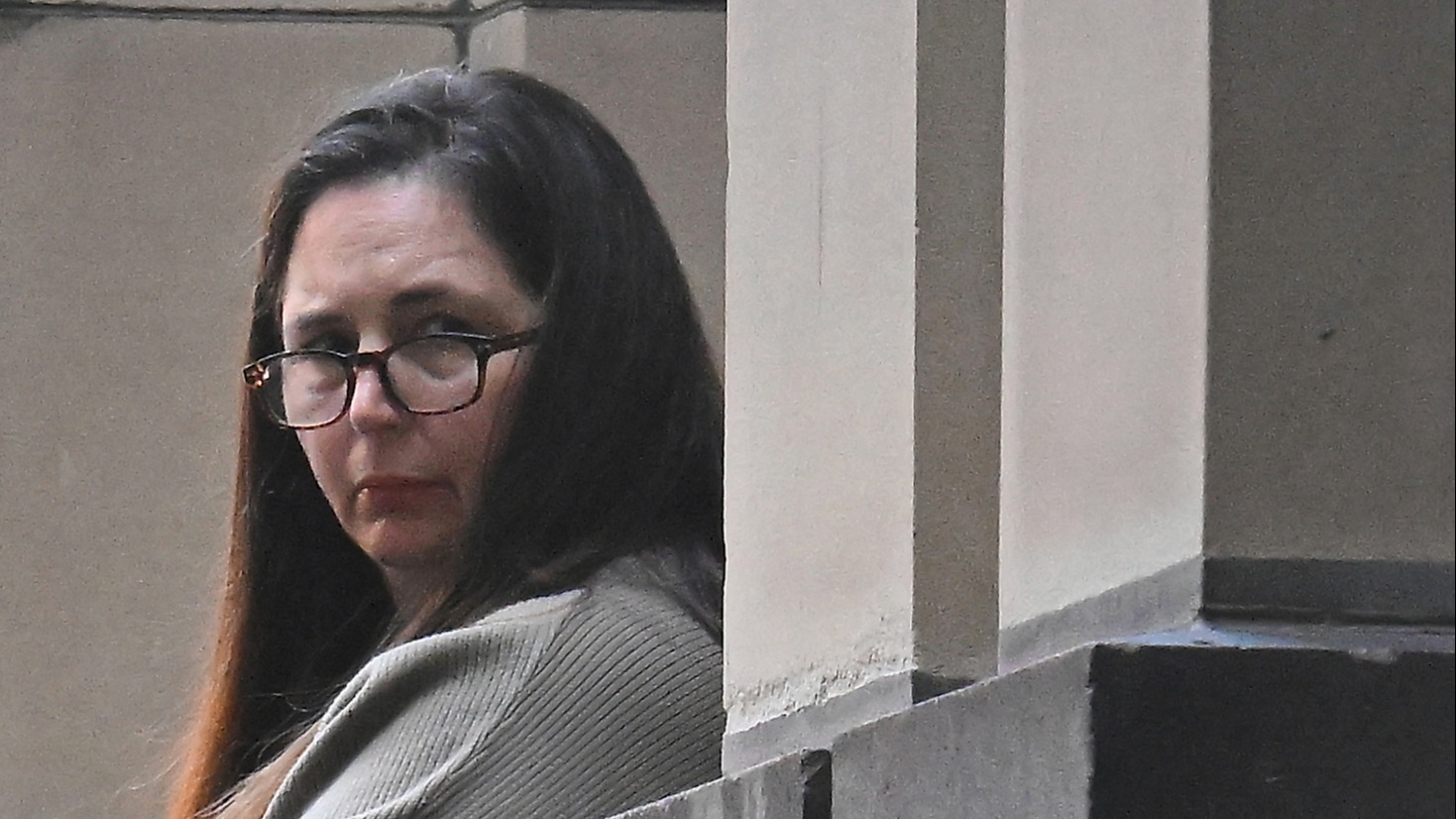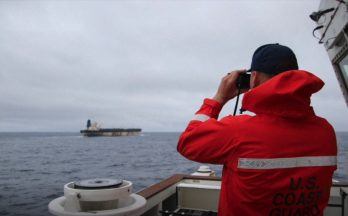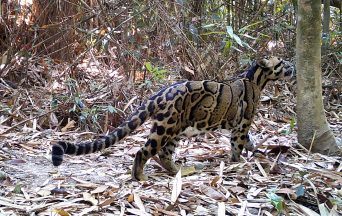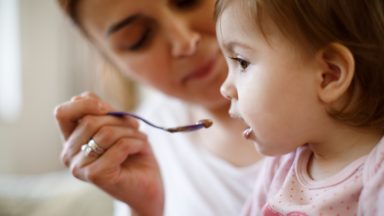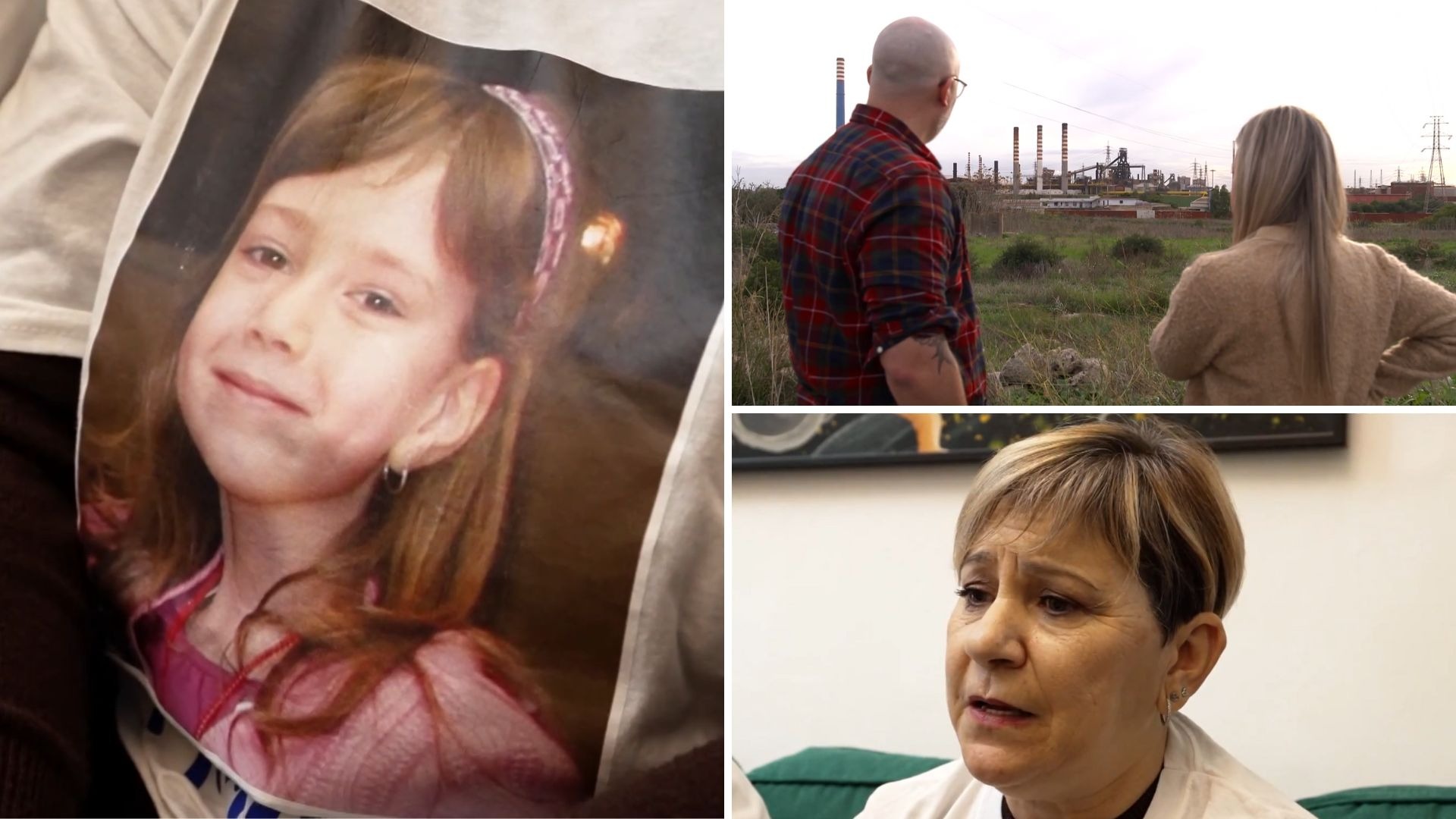Erin Patterson has been found guilty of triple murder after serving her estranged husband’s family poisonous mushrooms, as ITV News’ Fred Dimbleby reports
Australian woman Erin Patterson has been found guilty of murdering three of her estranged husband’s relatives by deliberately serving them poisonous death cap mushrooms.
The jury returned a verdict after six days of deliberations, following a nine-week trial that gripped Australia and media worldwide.
She faces life in prison and will be sentenced at a later date, although no hearing has been scheduled yet.
Patterson showed no emotion as the verdicts came back guilty, but blinked rapidly as they were read.
She was also found guilty of attempting to murder Ian Wilkinson, who survived the meal.
The deaths of Don and Gail Patterson and Heather Wilkinson shocked the quiet Australian town of Leongatha, Victoria, and quickly captured both national and international attention.
At the centre of the tragedy was a seemingly innocuous family lunch on July 29, 2023, hosted by Erin Patterson, who had invited her former in-laws, Don and Gail (the parents of her estranged husband, Simon Patterson), along with Gail’s sister, Heather Wilkinson and Heather’s husband, Ian.
Patterson, who shares two children with Simon, prepared a homemade beef wellington, a meal that would soon become the focus of a months-long murder investigation.
The dish allegedly contained death cap mushrooms, one of the world’s deadliest fungi.
All four guests fell critically ill within 24 hours.
Three later died in hospital, while Ian Wilkinson required a liver transplant after spending nearly two months recovering, including time in intensive care.

Patterson initially denied wrongdoing, claiming she accidentally used a mix of mushrooms sourced from an Asian grocery store and dried fungi, which she said were gifted by a friend.
However, police alleged inconsistencies in her account, including the disposal of a food dehydrator and deleted digital records, which became key points of scrutiny during the trial.
Throughout the proceedings, the case stirred debate across Australia.
The lack of clear motive, paired with public fascination and tabloid fervour, made the trial one of the most closely followed in recent Australian criminal history.
What were the key moments in the trial?
The prosecution alleged Patterson deliberately served a poisoned meal to her estranged in-laws and extended family.
They argue she prepared a special untainted portion for herself.
The defence argued the poisonings were a tragic accident, claiming Patterson unknowingly used contaminated mushrooms, became ill herself, and panicked afterwards, out of fear she would be wrongly blamed.
Here are the key points of evidence the trial discussed:
- Food dehydrator: Patterson purchased a food dehydrator on April 28, 2023, just two hours after a known sighting of death cap mushrooms was posted online near Loch. The prosecution alleges she saw the post and collected mushrooms that day. Patterson testified she purchased the dehydrator to preserve and dry mushrooms, which she regularly stored in containers in her pantry to use later in cooking.
- Phone location: Cell tower data places her near Outtrim on May 22, 2023, shortly after death caps were recorded growing there. The prosecution claims this supports the theory she foraged for mushrooms twice during the short toxic season. Patterson admitted to using a mixture of store-bought mushrooms and dried ones from her pantry, but insists she never intentionally included toxic mushrooms and did not forage near Loch or Outtrim. The defence argues that mobile tower data can be imprecise and may show signals from within her home, undermining the claim that she traveled to foraging locations.
- Fake cancer: Patterson admitted during the trial that she lied to the lunch guests and lured them to the meal under the pretext that she had cancer and needed their support whilst she underwent surgery. The prosecution argues this lie was invented to cover her true motivations and reduce suspicion, suggesting she never expected them to survive the meal. The defence claims Patterson in reality was making plans to have gastric bypass surgery, in a bid to take control over concerns she had about her weight but was too embarrassed to share this with her guests.
- Different plates: Survivor Ian Wilkinson told the court that all guests were served on grey plates, while Patterson used an orange one – implying she knew not to eat the poisoned food. Patterson claimed she prepared only one batch of beef wellington and ate the same meal as her guests, she denied reserving a safe portion for herself. She claimed she does not own grey plates.
- Orange cake: After guests left, Patterson claims she ate large amounts of orange cake brought by her former mother-in-law, Gail Patterson, claiming she struggles with an eating disorder. Prosecutors challenged her claim that she made herself vomit afterwards, arguing that self‑induced vomiting would not eliminate the lethal amanitin toxin. Patterson told the court that she started to develop gastro-like symptoms hours after the lunch and took herself to hospital to receive fluids two days later.
- Withheld information: When Patterson was hospitalised with symptoms, she initially did not inform doctors that any remnants of foraged mushrooms may have been in the meal, something prosecutors say could have helped save lives. She testified that she did not immediately connect her own gastrointestinal symptoms with mushroom poisoning.
- CCTV disposal: On August 2, days after the fatal lunch, Patterson was seen on CCTV dumping the dehydrator. Prosecutors argue this was a deliberate attempt to destroy crucial evidence. Forensic analysis revealed remnants of death cap mushrooms inside the appliance. Patterson says she discarded and lied about the dehydrator not to hide evidence but out of panic after child protection services contacted her, fearing it could be used to justify taking her children away.
Follow STV News on WhatsApp
Scan the QR code on your mobile device for all the latest news from around the country


